Talipes equinovarus Incidence Clubfoot is a common defect present at birth and occurs in every 1,000 live births Bilateral TEV can be found be found in nearly 50% of cases About twice as many males are born with the congenital form than females Talipes equinovarus TypesCongenital clubfoot is a structural foot deformity that is present at birth;Talipes means that one or both feet are turned In most cases the front of the foot is turned inwards and downwards (talipes equinovarus) Much more rarely the foot is turned downwards and outwards (talipes equinovalgus) In the past, talipes was called clubfoot There are two types of talipes and it is important to

Clubfoot Talipes Equinovarus Tev Youtube
Talipes club foot types
Talipes club foot types-Complex Clubfoot any foot with deformity that has received any type of treatment other than the Ponseti method may have added complexity because of additional pathology or scarring from surgery Resistant Clubfoot this is a clubfoot where Ponseti treatment has been correctly performed but there has been no significant improvement It is often found that this type of clubfootTalipes equinovarus, sometimes called clubfoot, is characterized by plantar flexion, inward tilting of the heel (from the midline of the leg), and adduction of the forefoot (medial deviation away from the leg's vertical axis)



Before Going To Doctor Which Must Know About Clubfoot Rxharun
Some of those include clubfoot (talipes equinovarus), calcaneovalgus, vertical talus, metatarsus adductus Question 2 The incidence of clubfoot (talipes equinovarus) in the United States vary slightly in literature It ranges from 1 case per 800 live births to 1 case per 1000 live births in the United StatesTalipes is present in one of every 1,000 childbirths in the United States (US), and 95 percent of these incidences are known as congenital talipes equinovarus (CTEV) or clubfoot This type causes the foot to be curled inwards with toes pointing downward Talipes will causes the foot to be curled inwards Causes Club foot 1 CLUB FOOT Ison, Kevin Christian B BSN3D1 2 INTRODUCTION Clubfoot is a condition in which one or both feet are twisted into an abnormal position at birth Common birth defect Other terms Giles Smith Syndrome, congenital talipes aquinovarus (CTEV) The condition is also known as talipes It is a general term used to describe a range of unusual positions of the
Club foot also known to doctors as congenital talipes equinovarus, is a common birth defect (congenital clubfoot) that can affect one or both feet The child is born with a foot pointing the wrong way – turned down and in – that cannot be placed flat on the ground in the position needed for walking (Figure 1) Types of Club Foot Structural Club Foot Postural Club Foot Structural TEV is caused by genetic factors, such as Edwards syndrome, a genetic defect with three copies of chromosome 18 Growth arrest at roughly 9 weeks and compartment syndrome of the affected limb are also causes of Structural TEV Be sure to differentiate TEV from other types of "clubfoot", such as talipes calcaneovalgus, common in trisomy 18 (in which the ankle joint is dorsiflexed instead of plantar flexed, and the forefoot deviated outwards);
Club foot (also called talipes) is where a baby is born with a foot or feet that turn in and under Early treatment should correct it In club foot, 1 foot or both feet point down and inwards with the sole of the foot facing backwards Credit Club foot happens because the Achilles tendon (the large tendon at the back of the ankle) is too shortExtrinsic This type is usually mild and supple The cause can be due to intrauterine compression (large baby, abnormally shaped or small uterus, or abnormal intrauterine fluid levels) Intrinsic This type is commonly more severe, rigid and the calf muscle is smaller The foot may be smaller and there can be a bone deformity of the talus{{configCtrl2infometaDescription}} This site uses cookies By continuing to browse this site you are agreeing to our use of cookies




Clubfoot



Clubfoot Global Indian Nurses Organization
Positional talipes usually improves with gentle stretches There are 2 main types of positional talipes, depending on the position of your baby's feet 1 Talipes Equinovarus Where your baby's foot turns inwards and the front half of the foot points down 2 Talipes Calcaneovalgus Where your baby's foot is pushed up and the front half Clubfoot (congenital talipes equinovarus) Clubfoot, also known as congenital talipes equinovarus, is a common idiopathic deformity of the foot that presents in neonates Diagnosis is made clinically with a resting equinovarus deformity of the foot Treatment is usually ponseti method castingAnd talipes calcaneovarus (in which the ankle joint is dorsiflexed, and the forefoot deviated inwards)




Talipes Deformity Case Study Clubfoot Nursing Crib
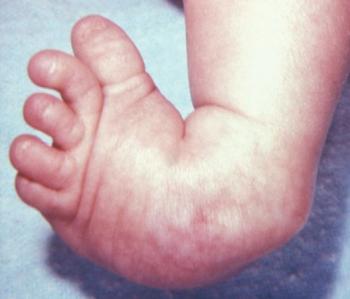



Clubfoot Causes And Treatments
Idiopathic clubfoot The most common type of clubfoot is idiopathic, which means the cause is unknown Idiopathic clubfoot is not related to any other medical problems Feet of babies with this type of clubfoot are stiff and hard to manipulate Syndromic clubfoot Syndromic clubfoot occurs when the condition is part of a larger syndrome This type is usually more severe and difficult to'equinovarus' refers to the position that the foot is in (see below) Talipes is a congenital conditionTypes of Seizures Partial one cerebral hemisphere Clubfoot Talipes equinovarus plantarflexion (toes lower than heel & foot inverted) Talipes calcaneovalgus dorsiflexion (heel below toes & foot everted) Talipes varus foot inverted @ heel Talipes valgus foot everted @ heel Scoliosis Lateral curvature of the spine (S or C shaped)




Prevalence And Characteristics Of Congenital Talipes Equinovarus Clubfoot In Northern Ghana A Two Year Retrospective Descriptive Study African Journal Of Current Medical Research




Scielo Brasil Pe Torto Congenito Pe Torto Congenito
Structural Talipes (Club Foot) In the rare event that the talipes is resultant from the bones not forming properly, an opinion from a paediatric orthopaedic surgeon is required Your paediatric physiotherapist will be able to assess this for you and referClubfoot is a foot deformity classified into three different types idiopathic (unknown cause), neurogenic (caused by condition of the nervous system) and syndromic (related to an underlying syndrome) Idiopathic Clubfoot Also known as talipes equinovarus, idiopathic clubfoot is the most common type of clubfoot and is present at birthThere are two types of clubfoot Isolated or idiopathic clubfoot is the most common type If your child has clubfoot with no other medical problems, it's called isolated clubfoot Idiopathic means that the cause of clubfoot is not known Nonisolated clubfoot




Clinical Photographs Showing A The Club Feet Of A 1 5 Month Old Baby Download Scientific Diagram
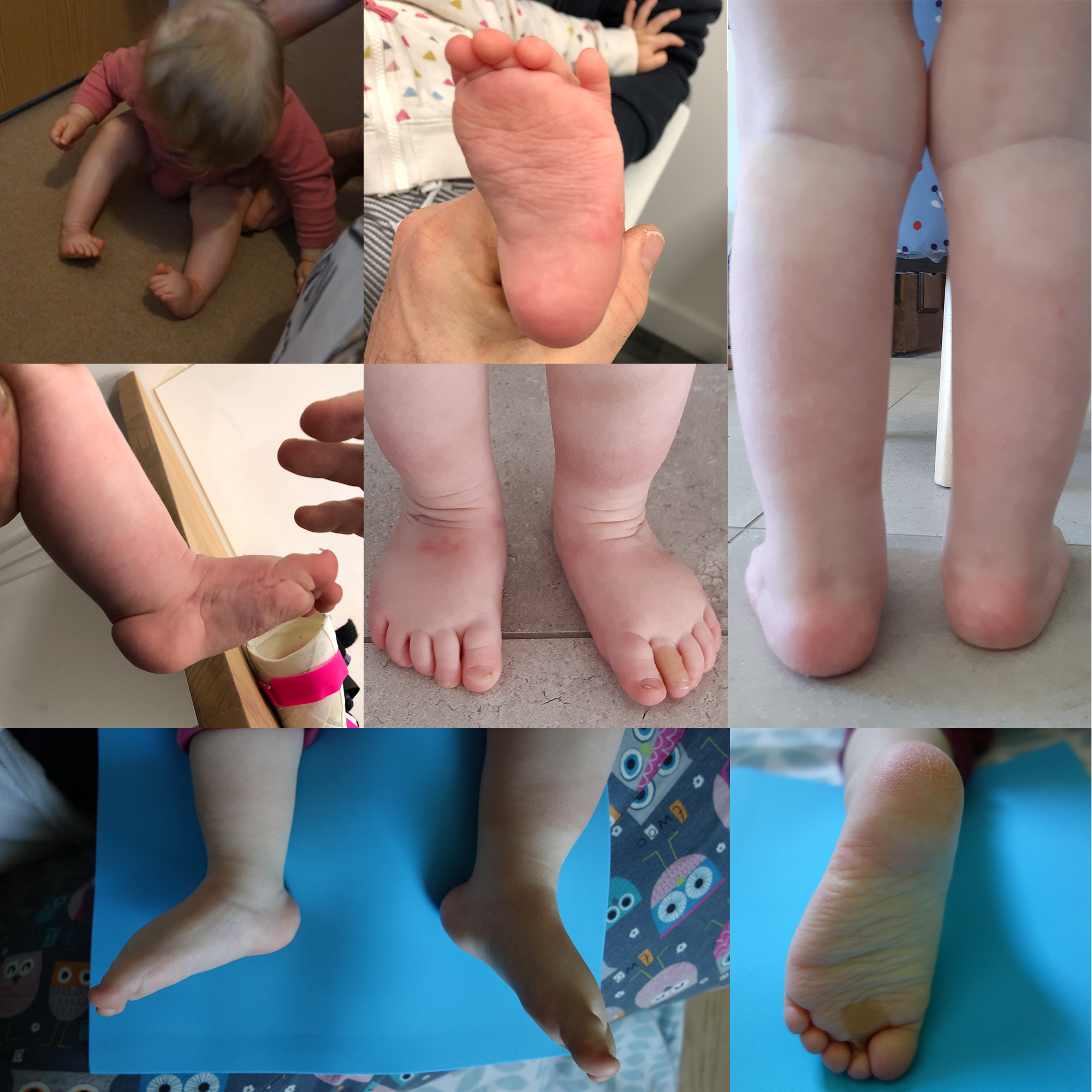



Club Foot Faqs
Clubfoot is a birth defect where one or both feet are rotated inward and downward The affected foot and leg may be smaller than the other Approximately 50% of cases of clubfoot affect both feet Most of the time, it is not associated with other problems Without treatment, the foot remains deformed, and people walk on the sides of their feet This may lead to pain and difficulty walkingArticular malalignments are fixed by contracted joint capsules, ligaments, and contracted foot and ankle tendons;Positional talipes Positional talipes (equinovarus) is a common foot condition in newborn babies that may affect one or both feet In positional talipes the foot rests down and inwards (Figure 1) but remains flexible It can therefore be gently moved into a normal position The condition is thought to be caused by the baby's position while in
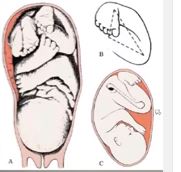



Introduction To Clubfoot Physiopedia




Treatment Of Relapsed Residual And Neglected Clubfoot Adjunctive Surgery Journal Of Children S Orthopaedics
My daughter was born with her right foot looking like this when she was born nearly seven years ago I'll post some recent feet photos soon for you all (These aren't her feet these were grabbed from the web) If you want something to Google for in the meantime, she was treated via the Ponseti Method by The Man himself, Dr Ignacio Ponseti in at the University of IowaCongenital clubfoot, or talipes equinovarus, is a complex deformity that is readily apparent at birth and affects the muscles, ligaments, bones and joints of the developing foot and ankleClubfoot is a foot deformity classified into three different types idiopathic (unknown cause), neurogenic (caused by condition of the nervous system) and syndromic (related to an underlying syndrome)



Before Going To Doctor Which Must Know About Clubfoot Rxharun




Clubfoot Congenital Talipes Equinovarus Pediatrics Orthobullets
Treatment of Talipes / Clubfoot The late Dr Ignacio Ponseti from Iowa, developed the Ponseti method, a minimally invasive treatment for clubfoot The Ponseti Method involves weekly sessions in which a specialist manipulates your baby's foot with their hands, gradually correcting the position of the foot A plaster cast is then applied fromClubfoot or talipes equinovarus (TEV) is an inborn threedimensional deformity of leg, ankle and foot It results from structural defects of several tissues of foot and lower leg leading to abnormal positioning of foot and ankle joints TEV can lead to longlasting functional disability, malformatioClubfoot, also known as talipes equinovarus, is a condition where a baby's foot is twisted inward to the point where the bottom of the foot faces sideways and in some cases upward When a child has clubfoot, their feet and legs have all the same bones, tendons and muscles as a healthy child, but they are positioned incorrectly




Clubfoot Talipes Equinovarus Impcna Com



1
Talipes equinovarus (TEV) is a specific and common type of what is sometimes called "clubfoot", a term that encompasses a range of anomalies of the ankle or foot present at birth (see Fig 433)TEV can be defined as fixation of the foot (forefoot and hindfoot) in plantar flexion (equinus), deviation toward the midline (varus) and upward rotation so the foot rests on Picture 1 – Talipes equinovarus Club foot;Disorder Types/S & S Diagnostic Tests Nursing Interventions Medical Management/ Surgery Toeing In/ Metatarsus Varus Club Foot/ Talipes Equinovarus Congenital Hip Disorders Knock Knees/Genu Valgum Bow Legs/Genu Varum 92 STUDY GUIDE COMMON ORTHOPEDIC PROBLEMS IN CHILDREN Disorder Types/S & S Diagnostic Tests Nursing Interventions Medical
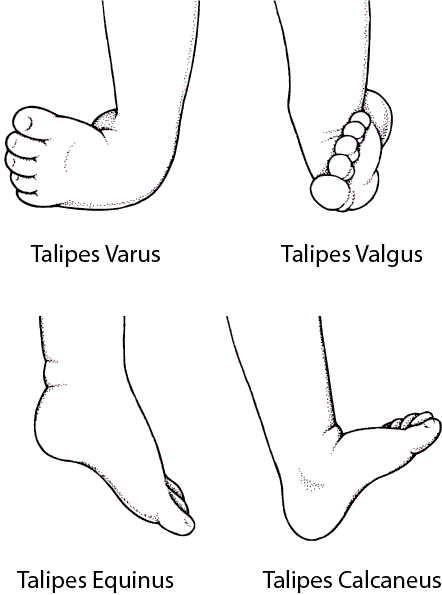



Clubfoot And Other Foot Defects Children S Health Issues Merck Manuals Consumer Version




Is Unilateral Lower Leg Orthosis With A Circular Foot Unit In The Treatment Of Idiopathic Clubfeet A Reasonable Bracing Alternative In The Ponseti Method Five Year Results Of A Supraregional Paediatric Orthopaedic Centre
These can increase the risk of clubfoot as well 13 TYPES Talipus varus inversion or bending inward of foot Talipes valgus eversion or bending outward of foot Talipes equinus planter flexion and toe is lowe than heel • Talipes calcaneous dorsiflexion, toe is higher than heel What are the different types of talipes?What is Clubfoot Club foot is also known as Talipes Equino Varus It is a common condition, in which new born feet points medially and downward This condition is diagnosed at birth More common in males than females Incidence is 1 per 1000 live birth Types of Clubfoot Club feet can be classified in three different ways – Etiological
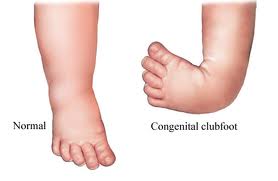



Introduction To Clubfoot Physiopedia
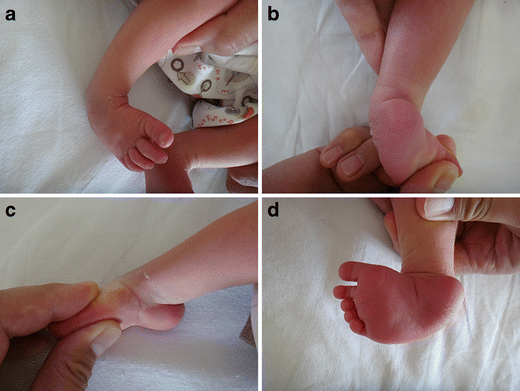



Congenital Clubfoot Early Recognition And Conservative Management For Preventing Late Disabilities Springerlink
Each type of clubfoot has unique characteristics and may need specific treatment Early recognition of the type of clubfoot one is dealing with can help guide appropriate treatment Individuals with clubfoot experience bone and soft tissues deformation and this abnormality can be presented through a range of abnormal alignments Talipes occurs when a baby is born with a foot or ankle twisted out of position or shape Some of the most common forms of talipes include clubfoot (talipes equinovarus), talipes calcaneovalgus and metatarsus varusOccasionally club foot runs in the family If one parent has club foot, there is a 3–4% chance that their child will have the same condition If both parents are affected, there is a 15% chance that their child will have club foot Diagnosing talipes Club foot can be detected in an unborn baby by ultrasound but it cannot be treated before birth
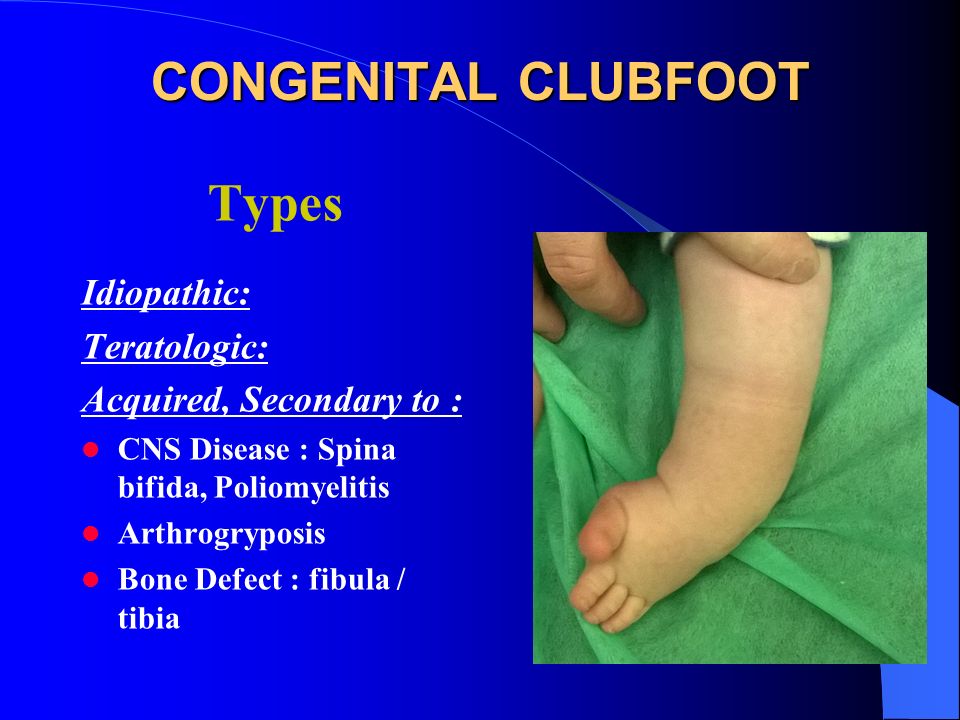



Congenital Clubfoot Congenital Talipes Equino Varus Ppt Video Online Download




55 Talipes Ideas Club Foot Club Foot Baby Feet
4 Understanding Clubfoot What is clubfoot?There are several types of clubfoot that are jointly known as 'talipes', as the deformity is mostly in the talus (a bone in the ankle) The most common of the talipes is what is known as "talipes equino varus" it is so common that the word clubfoot is commonly used to refer to this In talipes equino varus, the child is born with the foot pointing down and twisted inwards at the ankleClubfoot is an abnormality that is present at birth The foot is twisted and shaped abnormally due to shortened tendons There are a few different types of clubfoot bit and these latin words you see here are used to describe the different types Talipes means



1
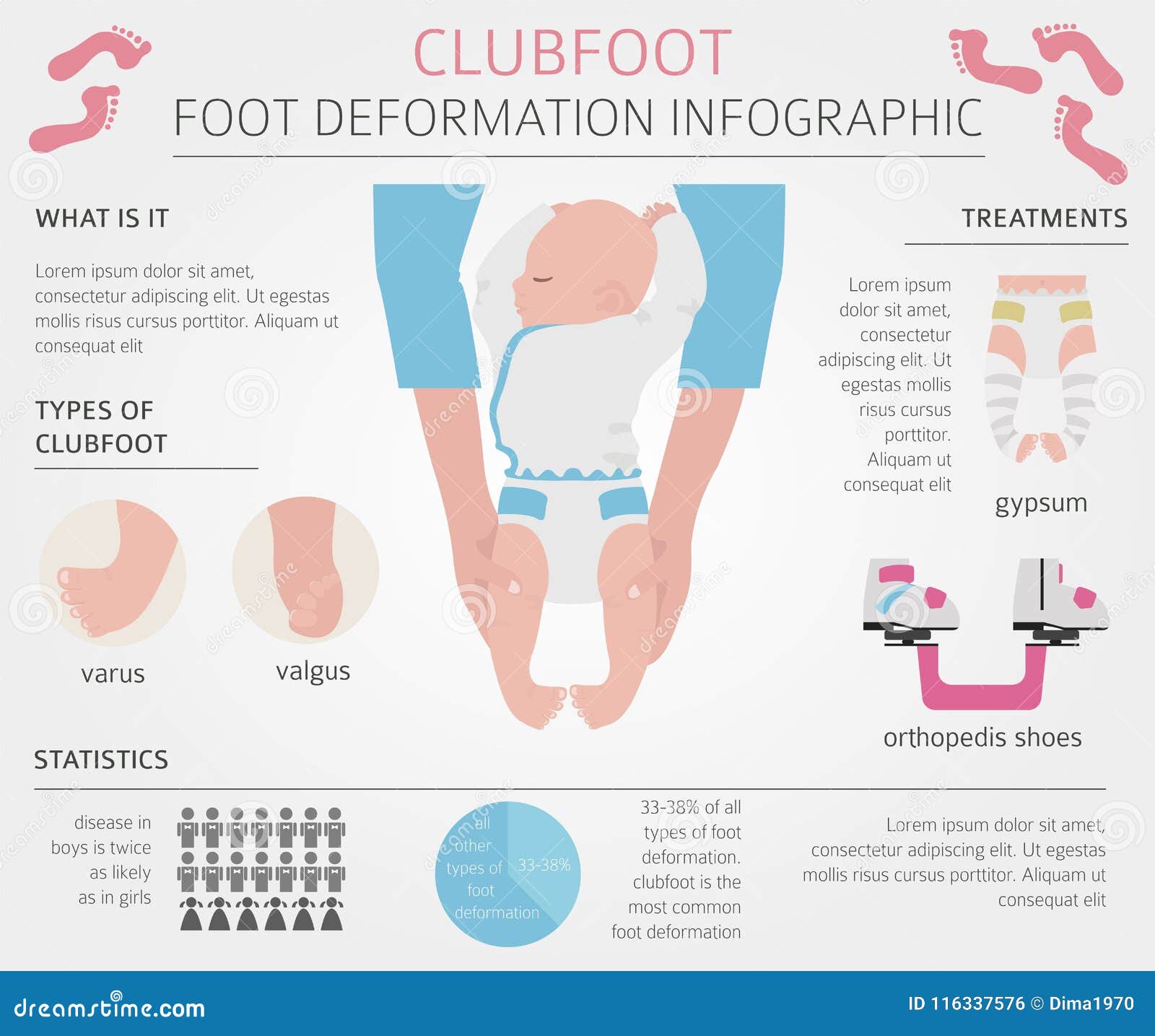



Clubfoot Stock Illustrations 98 Clubfoot Stock Illustrations Vectors Clipart Dreamstime
One of the principles of treatment of these patients includes recognition that no one description of deformities applies to all cases of painful deformity in adults after childhood treatment of congenital clubfoot There is a spectrum of the types of deformity and a range of severity among these that must be taken into account in the decision Clubfoot, or congenital talipes equinovarus, is a congenital foot deformity, where the baby's foot is twisted because the tissues that connect the muscle to the bones are shorter than usual A child can be born with the condition in a single foot, or with a bilateral clubfoot, where both feet of the baby are twisted inwardsTalipes refers to the foot and ankle Equinovarus refers to the position of the foot pointing down and turning inwards Congenital Talipes Equinovarus is sometimes referred to as club foot Club foot occurs in less than 05% of births It is more common in boys than girls In half of the babies with club foot, both feet are affected




Clubfoot Wikipedia




Congenital Talipes Equino Varus Congenital Clubfoot Dr Imran
Congenital talipes equinovarus, or club foot, is one of the commonest congenital orthopaedic conditions Its incidence in the UK is approximately Talipes is also known as club foot It is a deformity of the foot and ankle that a baby can be born with In about half of babies born with talipes, both feet are affected 'Talipes' means the ankle and foot;There is in utero malalignment of the talocalcaneal, talonavicular and calcaneocuboid joints;




Congenital Talipes Equinovarus Or Club Foot Bone And Spine




Talipes Club Foot Special Footwear And Orthotics
Congenital talipes equinovarus – or clubfoot – is a common paediatric condition occurring in one per 1000 births1 The cause is unknown, and up to 75% of cases have no family history of the condition 1 Clubfoot occurs twice as often in males and is bilateral (Figure 1) in up to 50% of cases 2–4 Clubfoot is a deformity characterised by structural equinus (pointing down), adductusMay be bilateral in up to 50%;The medical definition of the condition commonly referred to as Talipes or clubfoot is Congenital Talipes Equinovarus (CTEV) info@stepscharityorguk COVID19 – View our Covid19 Support Page



Clubfoot Orthoinfo os




Clubfoot Wikipedia
Congenital clubfoot is differentiated by structural, postural and secondary type The postural clubfoot can occur by abnormal position during birth and manipulative control The patient should be thoroughly examined to assess the features of paralytic clubfoot Congenital clubfoot can be rectifying completely Diagnostic tests Table 1 Pirani




To Parents Of Children Born With Clubfeet University Of Iowa Stead Family Children S Hospital




Clubfoot Phenotype In Pma Pma Mice Human Newborn With Congenital Download Scientific Diagram




Congenital Talipes Equinovarus Congenital Clubfoot Prof Mohamed M




Representative Case Of Severe Bilateral Clubfoot In A 3 Month Old Male Download Scientific Diagram
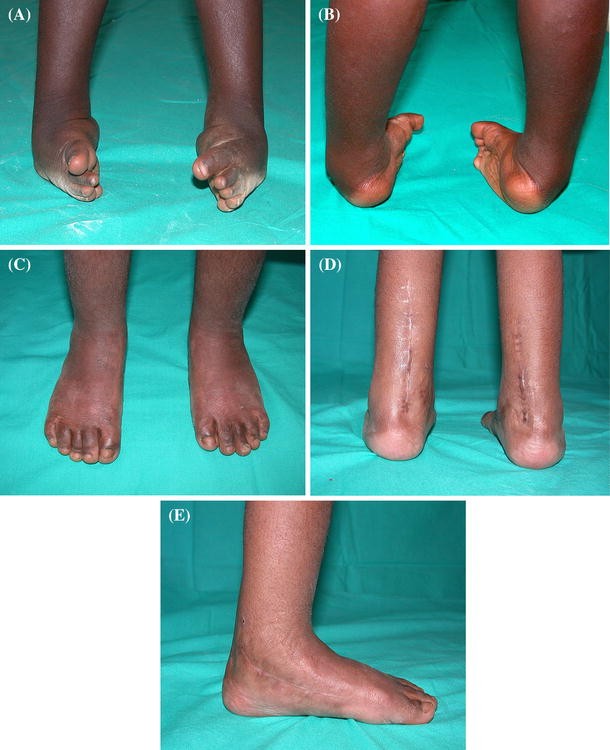



Congenital Idiopathic Talipes Equinovarus Before And After Walking Age Observations And Strategy Of Treatment From A Series Of Cases Journal Of Orthopaedics And Traumatology Full Text




References In Development Of An Orthosis For Simultaneous Three Dimensional Correction Of Clubfoot Deformity Clinical Biomechanics




Clubfoot Boston Children S Hospital
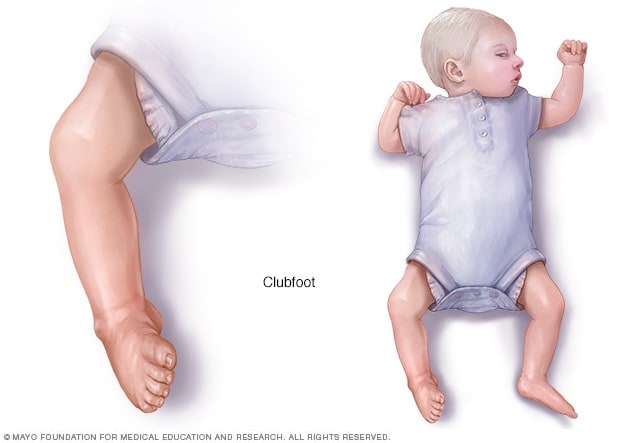



Clubfoot Symptoms And Causes Mayo Clinic



Clubfoot Symptoms Stages Definition Description Demographics Causes And Symptoms Diagnosis




Clubfoot Healthing Ca




Club Foot Talipes In Babies Causes Signs Treatment Youtube
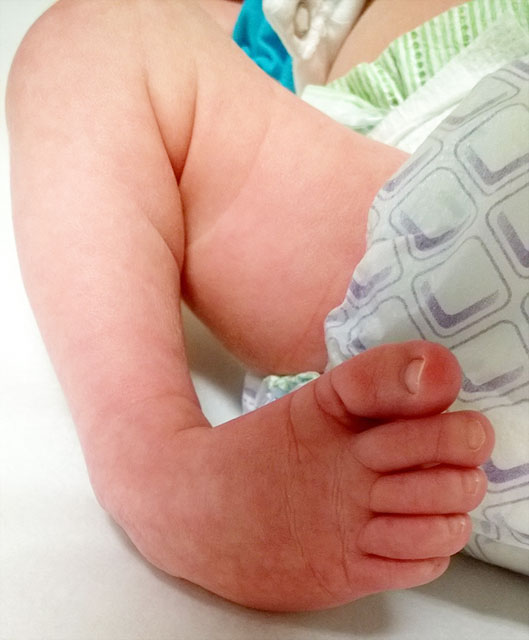



Clubfoot Johns Hopkins Medicine
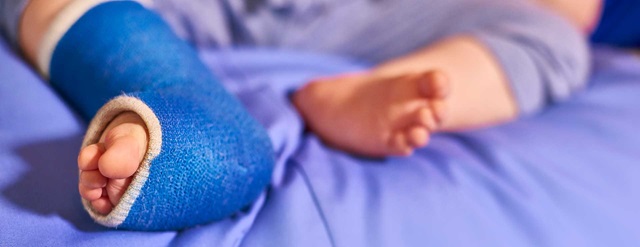



Clubfoot Johns Hopkins Medicine




By Cassie Maier What Is Club Foot Club Foot Is When One Or Both Babies Feet Are Turned Inward And Downward And Cannot Be Put Into Normal Position Easily Ppt Download




Congenital Club Foot In Child Kerala Nurses Hub Youtube
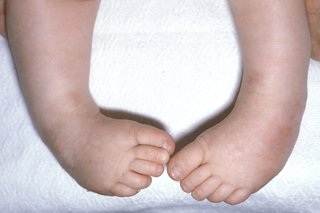



Club Foot Nhs




Clubfoot Repair Treatments Procedure Outlook




Clubfoot Congenital Talipes Equinovarus Narayana Health




Foot Deformities Concise Medical Knowledge
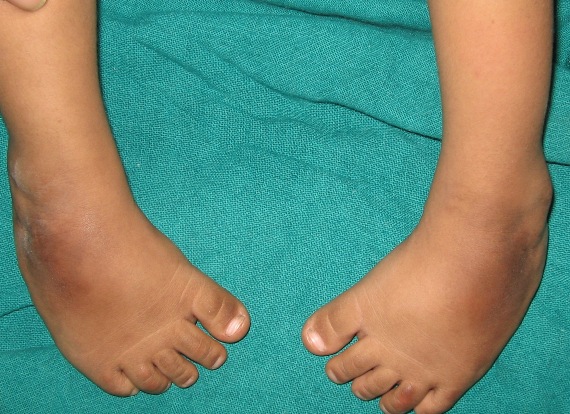



Congenital Talipes Equinovarus Or Club Foot Bone And Spine




Clubfoot Congenital Talipes Equinovarus Pediatrics Orthobullets



3




Clubfoot Treatment Bilateral Club Feet Foot Pain
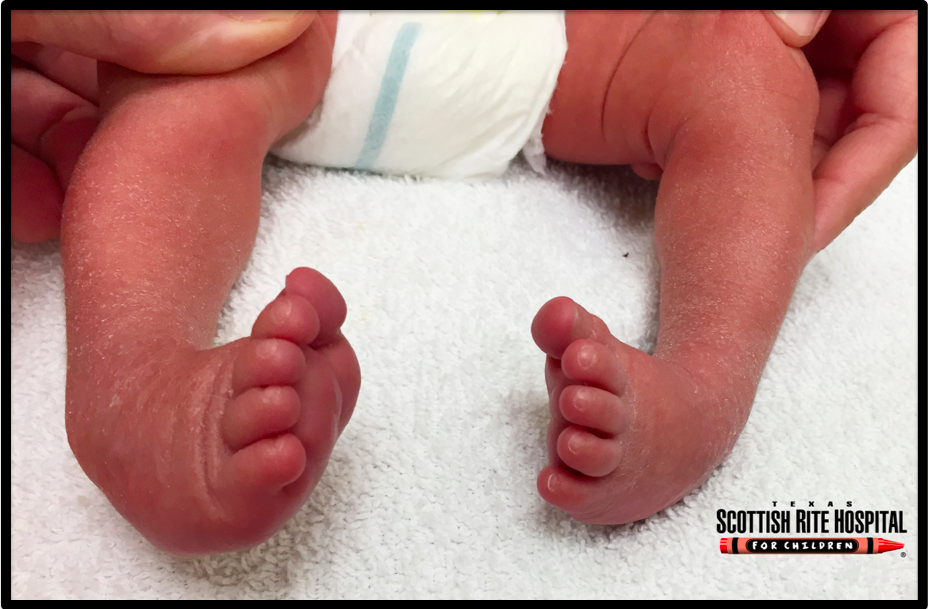



Clubfoot Deformity Footeducation




Pdf Orthotic Management Of Talipes Equinovarus In Newborns Using The Newborn Dynamic Torsion Kafo To Reproduce The Sequential Progression Of Ponseti Casting Semantic Scholar




Foot Deformities Various Talipes Conditions Pediatric Physical Therapy Pediatric Nursing Medical Terms
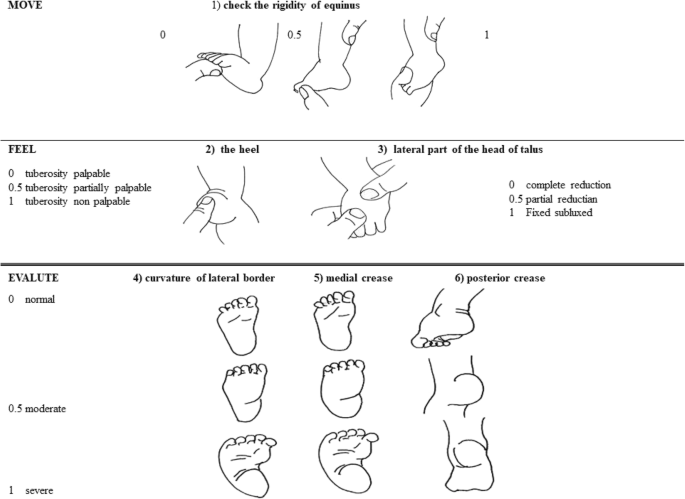



What A Paediatrician Should Know About Congenital Clubfoot Italian Journal Of Pediatrics Full Text




Orthokids Clubfoot




Pdf Current Conservative Management And Classification Of Club Foot A Review Semantic Scholar
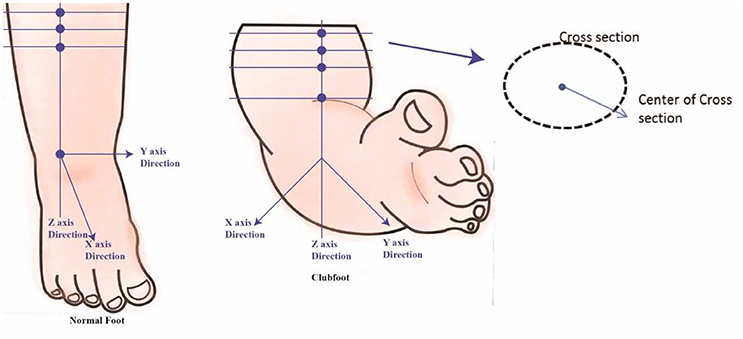



Frontiers Developing A Three Dimensional 3d Assessment Method For Clubfoot A Study Protocol Physiology




Club Foot Congenital Talipes Equinovarus About Club Foot Patient




What Is Clubfoot Stanford Children S Health




Congenital Talipes Equinovarus Clubfoot Nursing Care Management Nurseslabs




Clubfoot Talipes Equinovarus Tev Youtube
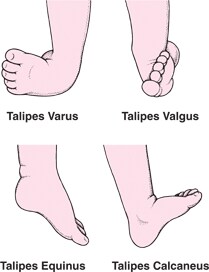



Clubfoot And Other Foot Defects Children S Health Issues Medicine Com




Talipes Equinovarus Clubfoot And Other Foot Abnormalities Pediatrics Merck Manuals Professional Edition




Clinical Anatomy Operative Surgery Facebook
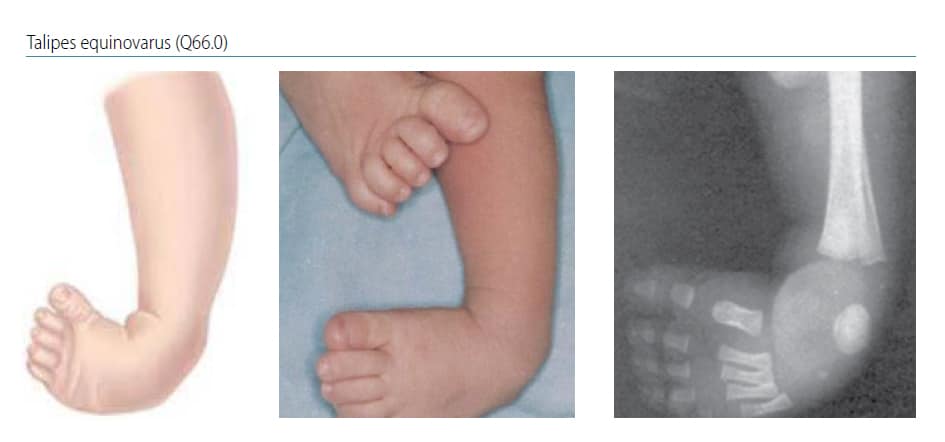



Chapter 4 9 Talipes Equinovarus Talipes Equinovarus Q66 0 Cdc
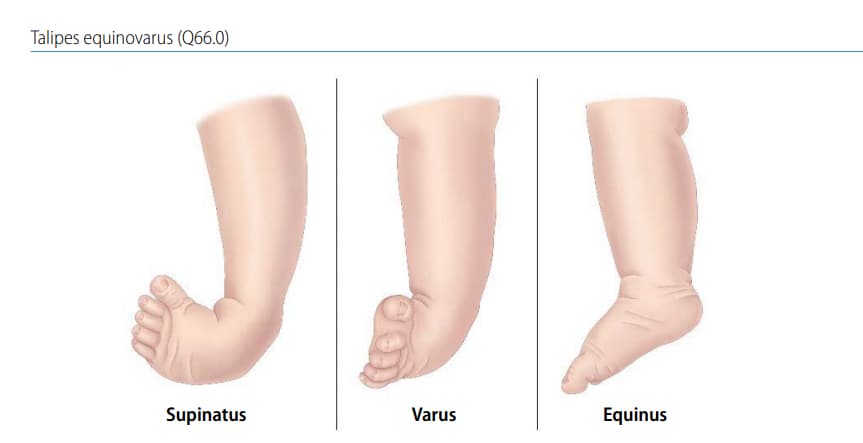



Chapter 4 9 Talipes Equinovarus Talipes Equinovarus Q66 0 Cdc




Clubfoot Congenital Talipes Equinovarus Pediatrics Orthobullets
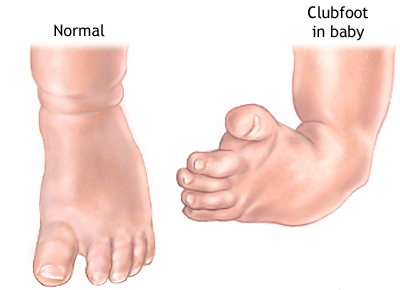



Clubfoot Correction With Implants Calf Implants Los Angeles



Clubfoot What Is Clubfoot What Causes Clubfoot Who Gets Clubfoot What Are The Symptoms Of Clubfoot




Clubfoot For Parents Nemours Kidshealth




Talipes Pediatric Physical Therapy Medical Dictionary Medical Anatomy




Design And Development Of Orthosis For Clubfoot Deformity Springerlink
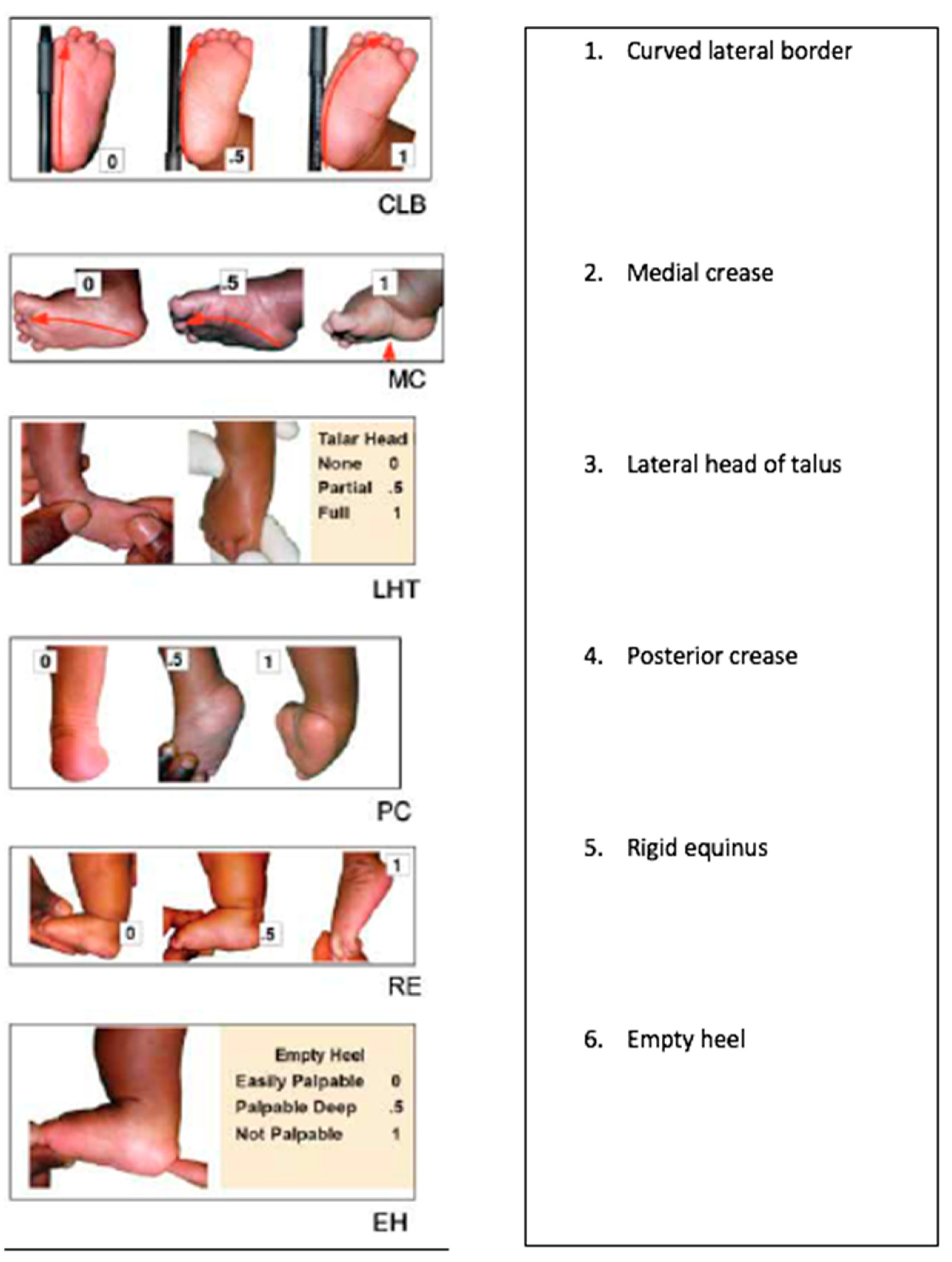



Ijerph Free Full Text A Community Audit Of 300 Drop Out Instances In Children Undergoing Ponseti Clubfoot Care In Bangladesh What Do The Parents Say Html




Clubfoot Eorthopod Com




Clubfoot Wikipedia
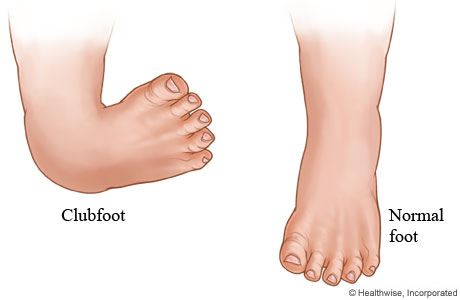



My Journey With Baby S Positional Clubfoot Part 1 Baby Gizmo




Talipes High Res Stock Images Shutterstock
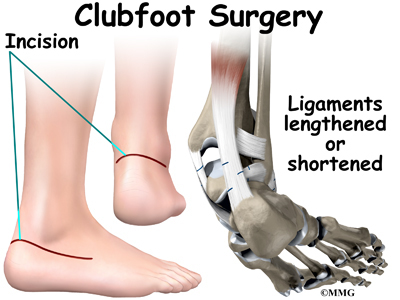



Clubfoot Eorthopod Com




Jaypeedigital Ebook Reader



Club Foot Talipes Equinovarus Ankle Foot And Orthotic Centre
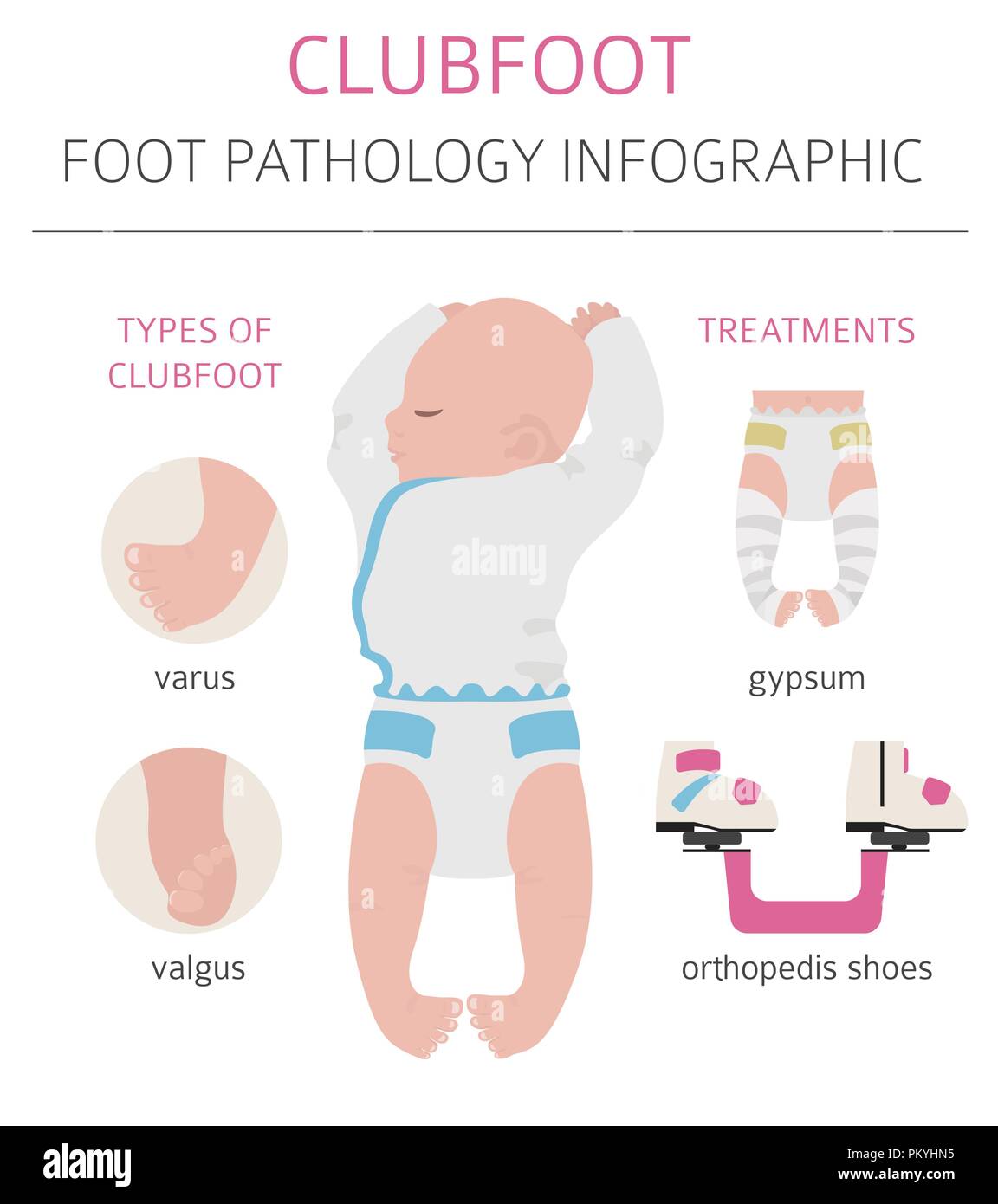



Clubfoot High Resolution Stock Photography And Images Alamy




Clubfoot Flip Ebook Pages 1 Anyflip Anyflip



Talipes
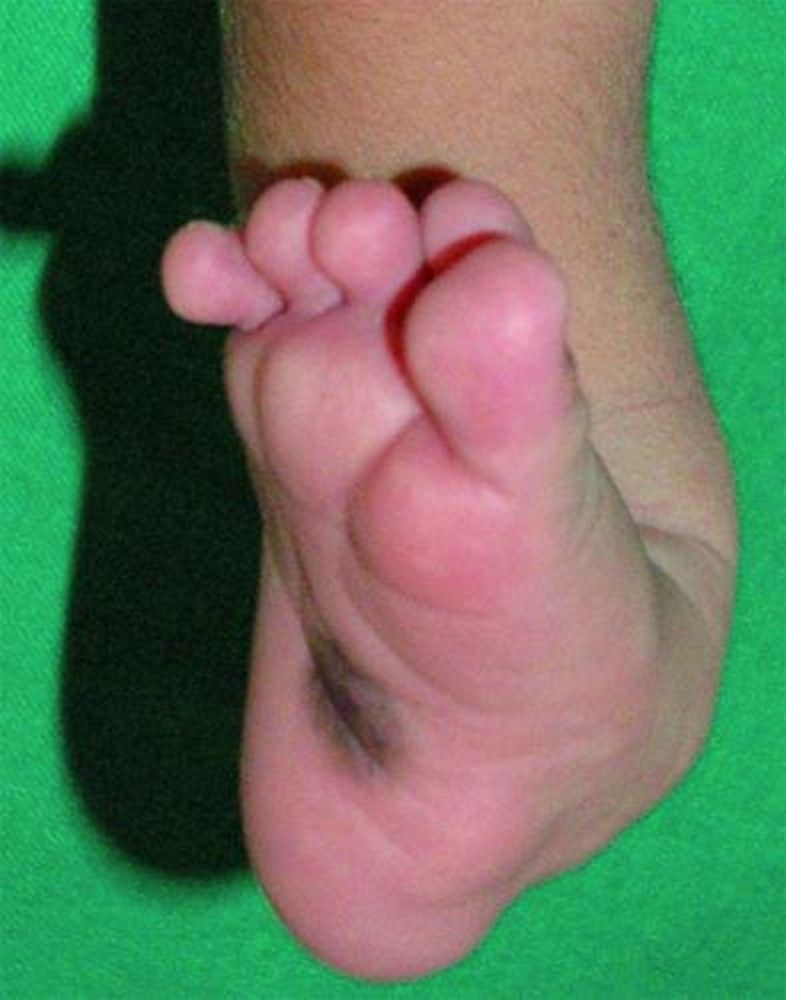



Talipes Equinovarus Clubfoot And Other Foot Abnormalities Pediatrics Merck Manuals Professional Edition




Challenging Clubfeet The Arthrogrypotic Clubfoot And The Complex Clubfoot Journal Of Children S Orthopaedics




Clubfoot Phenotype In Pma Pma Mice Human Newborn With Congenital Download Scientific Diagram



Club Foot



Clubfoot Orthoinfo os




Club Foot




2 Clubfoot Stock Photos Pictures Royalty Free Images Istock




The Current State Of Treatment For Clubfoot In Europe Springerlink




Challenging Clubfeet The Arthrogrypotic Clubfoot And The Complex Clubfoot Journal Of Children S Orthopaedics
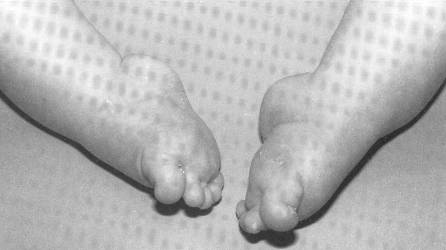



Clubfoot Congenital Equinovarus Cev Team Bone




Congenital Clubfoot Genetic Disorders Types Of Clubfoot




Clubfoot Pdf Pied Medecine Clinique
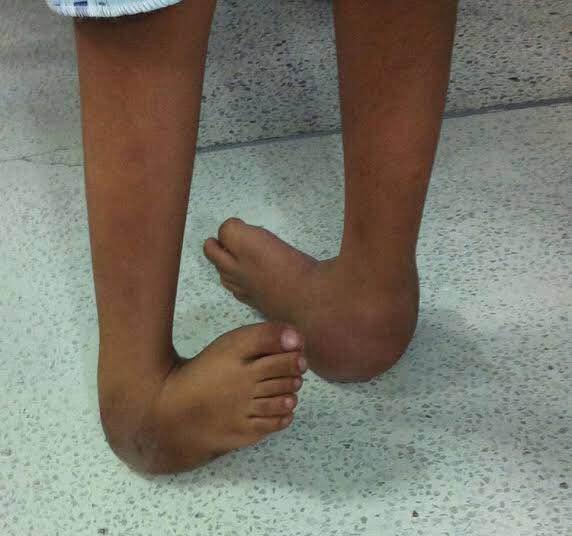



About 100 000 Nigerians Suffer Clubfoot Yearly Noa




Physical Therapy In Pine Bluffs For Pediatric Issues Clubfoot




Clubfoot Nurse Key




Clubfoot High Res Stock Images Shutterstock




Clubfoot Eorthopod Com




Talipes Club Foot Health




Clubfoot Its Types And Causes Simplified In Hindi Youtube
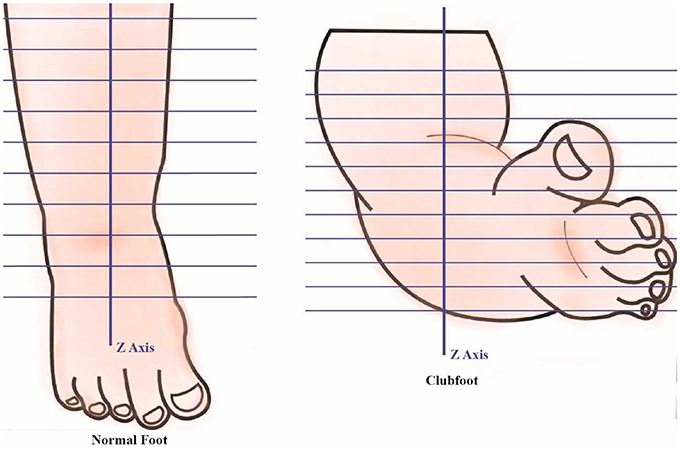



Frontiers Developing A Three Dimensional 3d Assessment Method For Clubfoot A Study Protocol Physiology



0 件のコメント:
コメントを投稿